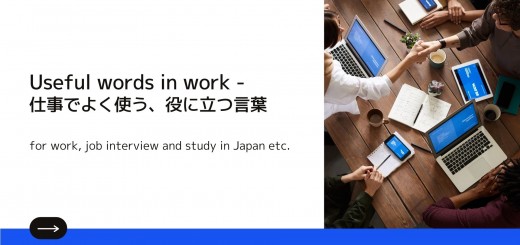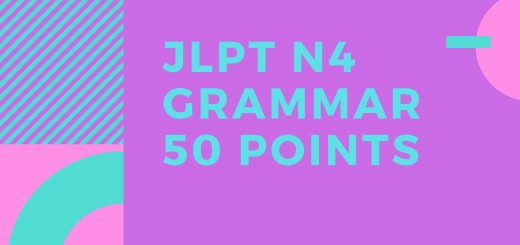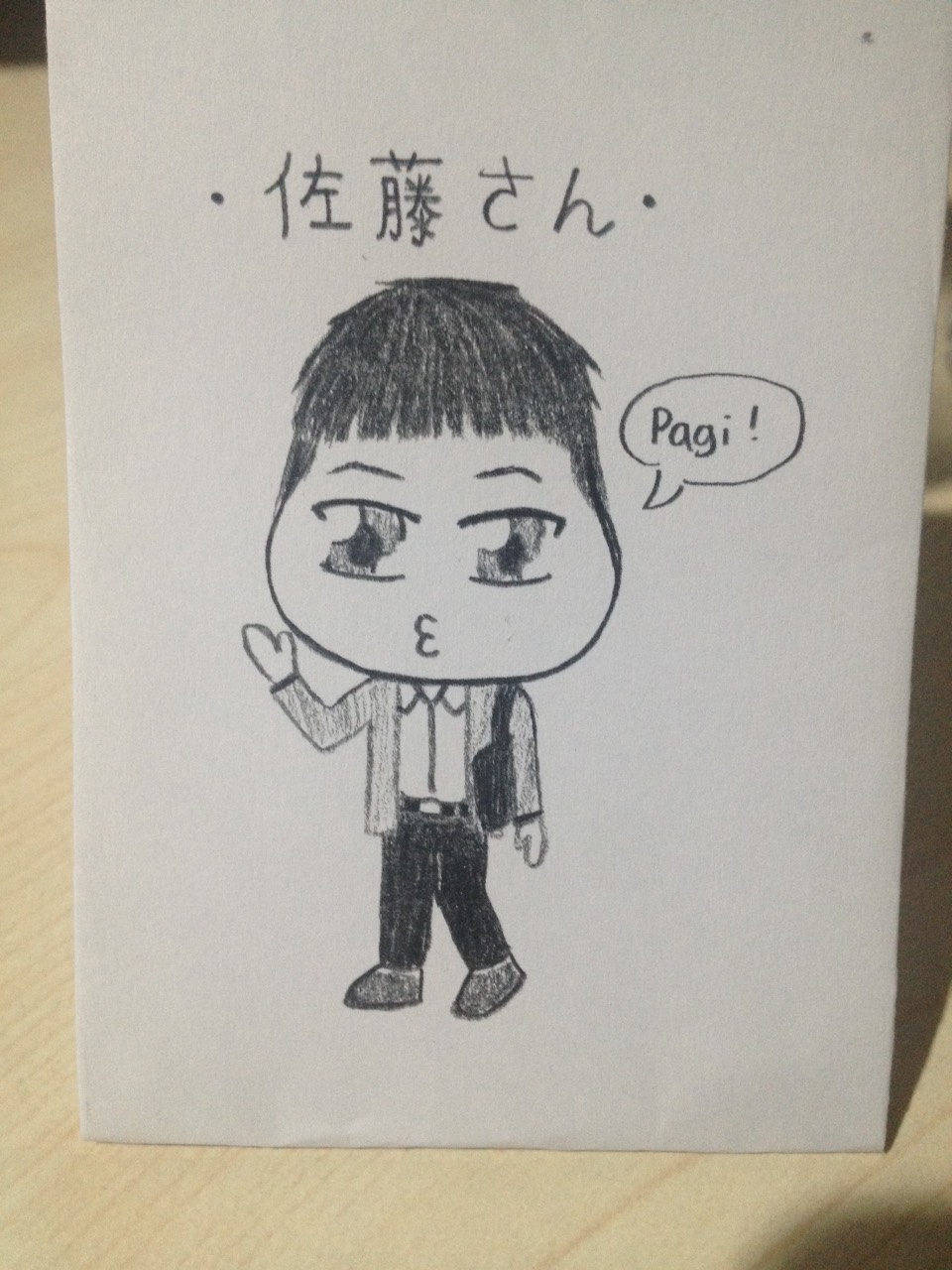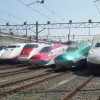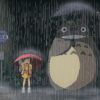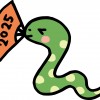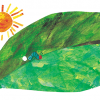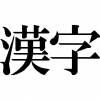How Japanese children learn Japanese language (with example of Japanese song on YouTube)
I know Japanese language is complicated to learn and difficult to use practically because of many characters such as hiragana, katakana and kanji, difficult grammars.
Even native Japanese sometimes use wrong Japanese though they think their language is correct!
Then I sometimes wonder how I could master this complicated language through study in schools and at home. Also, I wonder what the best method for non-Japanese is to learn Japanese language based on experience I had to learn the language.
Fortunately, I have two kids now, three-year-old son and one-year-old daughter. They start speaking Japanese a little and can recognize what I say to them. I can observe how they master language and improve their command of using language now.
This thought and observation may help you study Japanese and I think it may give you hint to study more efficiently, especially if you are beginner of learning the language. In this post, I will introduce interesting Japanese song on YouTube with lyrics translated in English by myself!
Study at school
Before talking about children study, I would like to touch study at school in Japan.
Do you know how many years we Japanese study Japanese as mother tongue in school?
At least, 12 years!
(If you study at kinder-garden or university, it will be longer than 12 years!)
12 years start from elementary school to high school. Of course, all subjects such as math, history, science are taught at school in Japanese language except English class.
Let me give you one example.
Regarding Kanji (Chinese Character), we study 1,200 kanji in elementary school (first 6 years) and additional 1,000 kanji in junior high school and high school (next 6years). If you master 2,200 kanji, I think you can pass N1 level test easily!
That means 12 years study at Japanese school may be same level of N1 in terms of kanji study.
Children Study
Back to Children study’s topic.
I have two kids now, three-year-old son and one-year-old daughter.
First kid, son started speaking Japanese at around 2 years old and now he can speak long sentence and understand what I talk to him if it’s easy. Sometimes I am surprised when he speaks with very difficult sentence as I have not taught him such sentence. But he cannot understand characters like Hiragana and Katakana.
Now he goes to international kinder-garden in Singapore.
His sources of Japanese language are conversations with parents and YouTube. He often watches and listens to Japanese song and anime on YouTube then he listens sounds and watches movie and then connects with sound and object(word) in movie. In conclusion, he learns Japanese from ears and eyes, not from handwriting.
(As for my daughter, she has begun speaking but cannot say word clearly. )
Songs on YouTube
Then I found useful Japanese song on YouTube my son often watches.
I think it is very good song and useful for Japanese learner.
That is “はらぺこあおむし (The very hungry caterpillar)”.
The length of song is about 5 minutes. Please keep watching until end! You may find fantastic ending scene!!
This is lyrics of this song in Japanese. I will translate in English in ( ).
おや はっぱのうえに ちいっちゃな たまご
おつきさまが そらからみて いいました
(“Oh, there is small egg on leave.”
Moon saw that egg from sky and said so.)
おひさまが のぼって あたたかい にちようびのあさ
ぽんと たまごから あおむしが うまれました
ちいぽけなあおむし あおむしは おなかが ぺこぺこ
あおむしは たべるものを さがしはじめました
(On Sunday morning, sun rises and it’s warm.
Aomushi (blue caterpillar) is born from the egg.
Small caterpillar is hungry.
The caterpillar starts looking for food.)
そして 月ようび 月ようび りんごを 1つ たべました
それでも やっぱり おなかは ぺっこぺこ
(And then on Monday, Monday, he ate one apple.
But even so, he is still hungry.)
火ようび 火ようび なしを 2つ たべました
それでも やっぱり おなかは ぺっこぺこ
(On Tuesday, Tuesday, he ate two pears.
But even so, he is still hungry.)
水ようび 水ようび すももを 3つ たべました
それでも やっぱり おなかは ぺっこぺこ
(On Wednesday, Wednesday, he ate three plums.
But even so, he is still hungry.)
木ようび 木ようび いちごを 4つ たべました
それでも まだまだ おなかは ぺっこぺこ
(On Thursday, Thursday, he ate four strawberries.
But even so, he is still hungry.)
金ようび 金ようび オレンジを 5つ たべました
土ようび 土ようび あおむしの たべたものは なんでしょう
(On Friday, Friday, he ate five oranges
On Saturday, Saturday, what did he eat?)
チョコレートケーキと アイスクリームと ピクルスと チーズと サラミと
ペロペロキャンディーと さくらんぼパイと
ソーセージと カップケーキと それからスイカですって
(He ate chocolate case, ice-cream, pickles, cheese, salami,
lollipop candy, cherry pie,
sausage, cupcake and then watermelon.)
そのばん あおむしは おなかがいたくて なきました
あおむしは おなかが いたくて なきました
(On that night, he cried as he has stomachache.
he cried as he has stomachache.)
つぎのひは また 日ようび あおむしは みどりの はっぱを たべました
とても おいしい はっぱでした おなかの ぐあいも すっかり よくなりました
(On next day, Sunday has come again and he ate green leave.
It was delicious leave. His stomach condition was totally recovered to be normal.)
もう あおむしは はらぺこじゃ なくなりました
ちっぽけだった あおむしが こんなに おおきく ふとっちょに
(He is not hungry anymore.
Small caterpillar got bigger and fatter now!)
まもなく あおむしは さなぎに なって なんにちも ねむりました
それから さなぎの かわを ぬいで でてくるのです
(And then caterpillar turns into chrysalis and slept for some days.
He came out from chrysalis.)
「あっちょうちょ!」 あおむしが きれいなちょうちょに なりました
(“Oh, butterfly!” blue caterpillar changed into beautiful butterfly.)
You may learn how we call day of the week, how to count food and food names etc from this song!
How was this post?
This is post about other greetings
Greeting① – あいさつ(こんにちは, さようなら etc.) with native Japanese voice
If you like this or feel this is useful, please share on Facebook and retweet on Twitter!
If you wanna join Leo Sensei’s group on Facebook, click Facebook mark on top or bottom and send friend request to me. You can get updated information and ask me freely about Japanese language and culture and so on.
